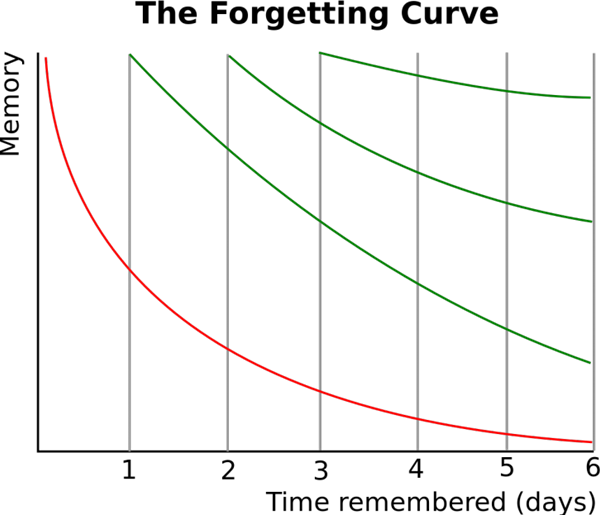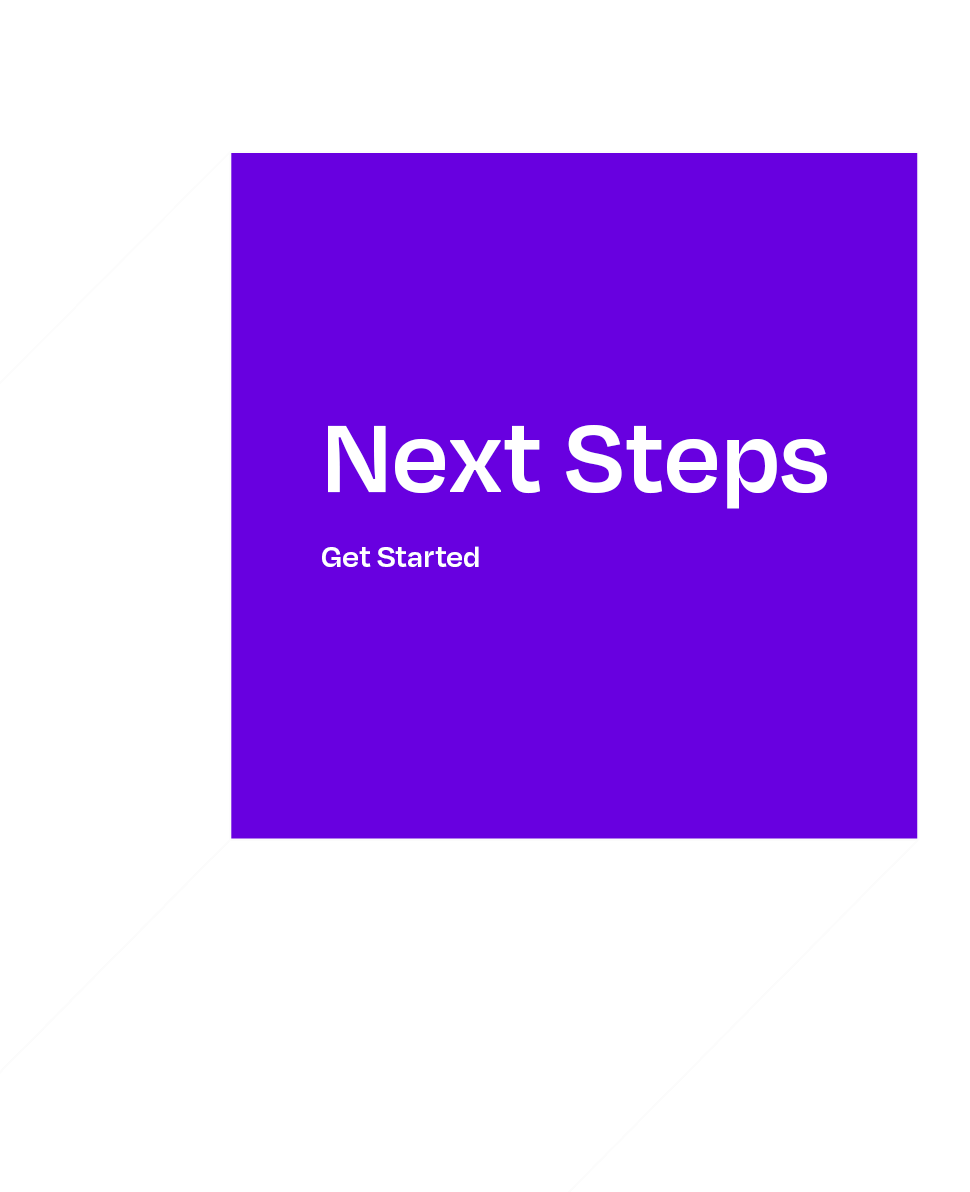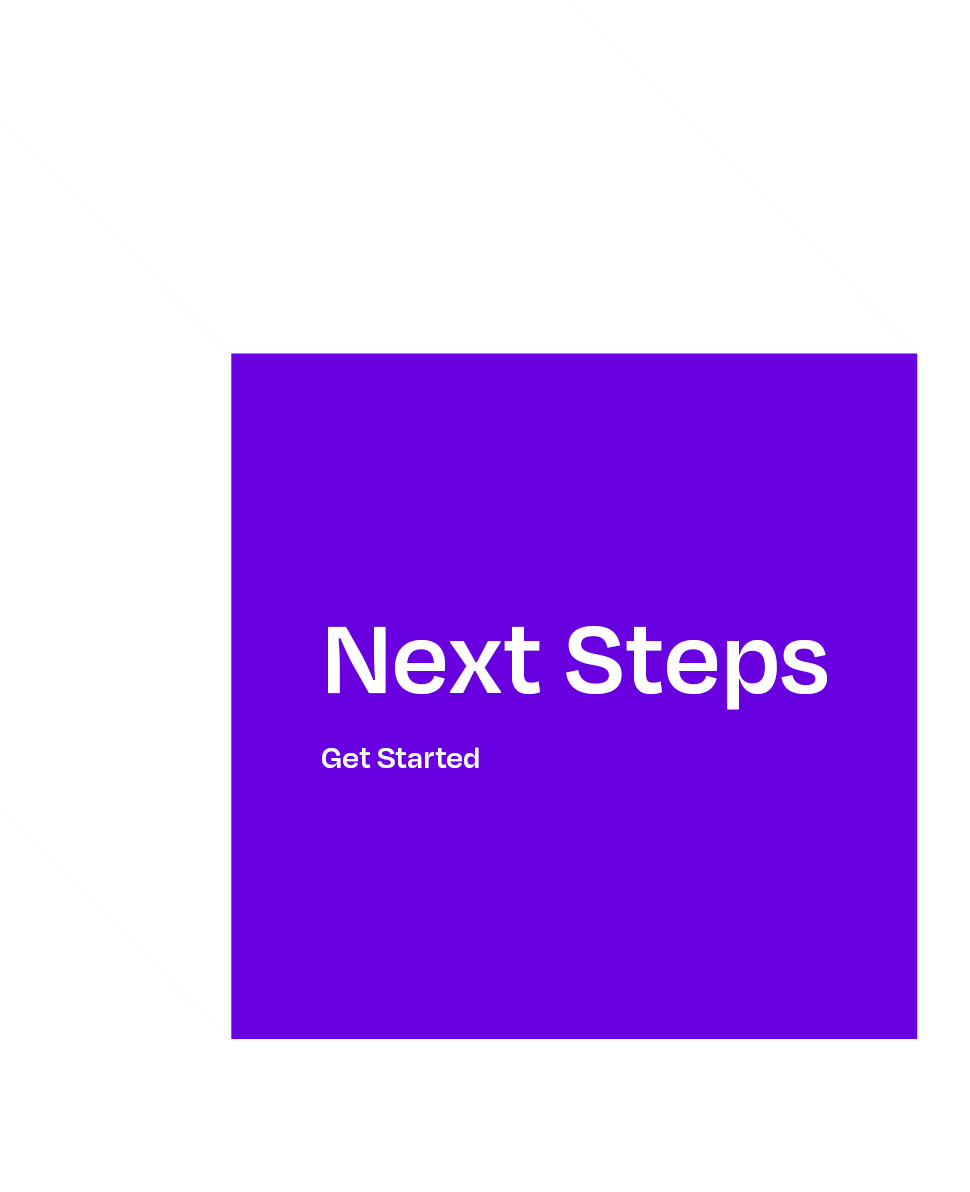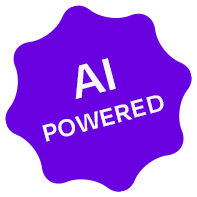Contrary to the popular understanding, ad recall does not change across viewer groups. What is memorable for Gen Z will be memorable for a boomer as well. The entire premise of creating segment specific ads gets debunked with this understanding and this is not the only myth busting findings we have explored in this article.
Even though ad recall is one of the most used terms among advertisers and campaign managers, it is worth asking, what does it really mean? The term recall suggests its direct association with memory and the triggers used to access memory which is quite complicated concept in itself. Moreover, given the excess information at our disposal, how we interact, consume, and store information is changing which means it is time that you also went back to the white board and asked, ‘how does the ad recall actually work?’
We did the exact same thing and here is everything we learnt about ad recall – and we promise there are some head scratching and mind-blowing perspectives that could redefine how you approach ad creatives.
What is Recall?
Recall can be defined as the ability or ease to remember an image. While the definition of recall is straightforward and easy-to-understand, there are many nuances hidden in its meaning. To gauge the complex nature of this advertising success metric, we first must understand the concept of memory.
The psychological processes performed by our brain to acquire, store, retain, and later retrieve information can be defined as memory. At the base level, memory can be divided into two types: explicit memory and implicit memory.
As their name suggests, explicit memory usually stores the information we are aware of like facts, events, experiences, etc. and implicit memory usually deals with the information stored in our unconscious / subconscious mind – the information we are not aware of, and which usually dictates our behaviors and reactions.
Advertisers mostly deal with explicit memory which can be further divided into episodic memory and semantic memory. Episodic memory refers to the memory of an event having other contextual details and semantic memory refers to a more structured memory that deals with factual and knowledge-based details.
Memory, in itself, is a complex concept. While it was straightforward for us to write that advertisers aim at retrieving episodic memory, it usually is not.
When asked, most consumers fail to recall when and how they made brand associations. For instance, they might associate fast food brands with some of their products like Whopper or Happy Meals which is the semantic memory wherein people will remember the fast-food brand based on the item they are selling.
What is interesting about semantic memory is that unconsciously, they might associate the fast-food brand with the words unhealthy or inexpensive dinner option because of a particular non-accessible teenager experience of their parents replacing a home-cooked meal with fast food item towards the end of the month while experiencing a cash crunch. Such experiences create implicit memories which affect brand preferences later in their lives.
Advertisement is usually aimed at retrieving episodic memory with the help of recall and recognition cues either audible or visual. Ideally, the aim should be to create explicit memories in the minds of the consumers while also focusing on the overall brand experiences across touchpoints that might contribute to implicit memories.
As an advertiser betting on the top-of-mind recall, it is crucial to create lasting memories. Numerous studies have been conducted around the concept of recall that can help advertisers generate top-of-mind recall.
Nature of Recall
1. Consistency
While it might be surprising for some, recall is consistent across viewer groups which means what is memorable for one group will be memorable for the other group as well. So, even if your target segments might differ demographically or financially, they all will remember the same things from your ads.
2. Objectivity
As tempting as it may be to include your judgements or opinions while creating an ad, there is no direct correlation between subjective judgments and recall. So, what you think is memorable might not be memorable for your target audience. The concept of recall needs an objective measurement which is the basis of Incivus’ recall feature that objectively assesses the recall of your banner and video ads.
3. Memorable, not aesthetic
In the visual-first world, it is easy to confuse aesthetic with recall but in the studies conducted, there is no direct correlation between these concepts. So, what might be beautiful, might not be memorable.
4. Stands against the test of time
Contrary to widespread belief, recall remains constant and stable across time which means what was memorable in 1960s will be memorable in 2020’s as well. The Belle Jolie lipstick ads created in 1960s might come across as offensive today, but they will be as memorable as they were in 1960s.
5. Recognition is primary
To make your ad memorable, you will need to have a few easily recognizable elements. Your audience needs to first recognize an image, an element, or a frame for your ad to be memorable. While it seems like a classic Catch-22 situation where advertising is usually used to create awareness i.e., recognition, and for it to be successful, your audience needs to recognize it beforehand, the key here will be to effectively utilize different forms of media and distribution channels alongside advertising.
While recognizing the nature of recall can help advertisers create better and memorable ads, it is crucial to understand the context in which the concept of recall should be deployed in advertising.
Why is Recall the Key Success Metric for Any Ad Campaign?
The world of advertising has drastically changed in the last decade. With the ubiquity of the internet and mobile devices, consumers have every bit of information they need at their fingertips and simultaneously, this has opened various doors of opportunities for advertisers.
The amount of overall data being generated globally is increasing at an unprecedented pace which means the content consumption is also increasing.
Nowadays, on average, humans are exposed to 6,000 to 10,000 ads on various channels. With the limited storage capacity of our memory, the chances of ads being forgotten are quite high, which makes recall one of the most important aspects of an ad.
Moreover, recall has a direct impact on the outcome of the campaign. In a remarkably interesting study, Havas PR has come up with a 60-day rule which states that if the audience remembers an ad campaign after 60 days, they are 13% more likely to buy the products and 25% more likely to become the brand ambassador.
The Complexities of Measuring Recall
Our memories start to decay as soon as they are formed, and the memory decay curve is the steepest in the first 24 hours. While this might look like unwelcome news, in fact, it is not. Here, the concept of retargeting plays a significant role as relearning almost-forgotten explicit information happens much faster the second time around. Such repetition / retargeting can help advertisers create durable explicit memories in the minds of their audience.

Additionally, it is also important to keep the memory curve in mind while measuring the recall of an ad. The time between exposure and measurement matters as the memory curve starts to flatten after 24 hours so ideally, the 24-hour mark is considered as the ideal window for measurement.
But what if you could measure recall in a matter of minutes without the complexities of the memory curve?
An Easier Way to Measure Ad Recall
While understanding the nature of recall, the research of computer vision scientists has progressed enough that the technology can be used to measure recall of ads. At Incivus, we have incorporated this advanced technology to build our recall model which generates an easy-to-compare recall score of your display or video ads within minutes.
Recall Score is the measure of recall of a particular creative. In simple words, it signifies the number of people who will remember the creative if they saw it the second time around. Naturally, the higher the recall score, the better the recall of ads. Recall scores have been helping advertisers pick the most memorable ads from the lot.
While the recall score for our display intelligence piece is quite straightforward, we understand the complexities that come with a video ad which is why our video ad intelligence calculates recall score of every frame of the video. It also identifies the peaks and pits of the video ad based on the recall scores which can help you optimize your peak frames for performance and higher recall on important brand elements like ad copies, product images, etc.
Sounds interesting?
Come and test the recall of your ads with Incivus today! Reach out to us at marketing@incivus.ai for the same.





